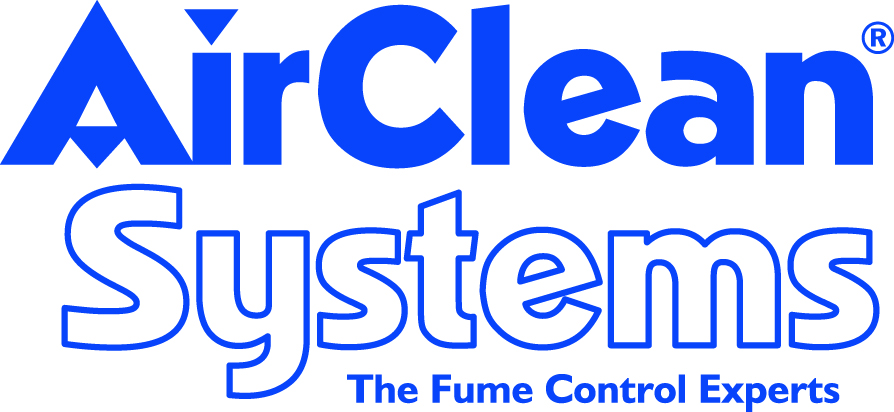The last thing anyone wants to have to focus on is regulatory compliance. It often feels nearly impossible to maneuver around all the already existing red tape while staying focused on the work at hand, let alone figuring out how to implement new standards. By the same token, the rules put in place are vitally important to ensuring the safety of everyone working directly with hazardous drugs and even help keep the community at large stay safe from potential danger if there are any mistakes. However you feel about regulations, the fact remains that every facility must do everything possible to maintain compliance.
The United States Pharmacopeia (USP) officially implemented General Chapter <800> on December 1, 2019. As of that date, state boards of pharmacy were able to require compliance within their respective states. Due to some technicalities, since USP <800> is not mentioned in another official chapter of USP, it is not yet federally enforceable. But even if your state is not enforcing USP <800> yet, that does not mean your facility should overlook it. Patricia C. Kienle, MPA, RPh, BCSCP, FASHP, director of accreditation and medication safety at Cardinal Health, points out, “the whole point of <800> is protection for us as health care employees. So, you want to incorporate all those things that you can. Once <795> or <797> become official, that will trigger <800> to be [federally] enforceable as well.” So even if it is not federal law yet, it likely will be in the near future.
What Does USP <800> Address?
USP <800> is specifically designed to address healthcare professionals who handle hazardous drugs and any entity that stores, prepares, transports, or administers hazardous drugs. This may include pharmacies, healthcare institutions, patient treatment clinics, physicians’ practice facilities, and veterinarians’ offices, among others. Section 1 of USP <800> describes some of what is meant by “handling drugs,” as including, but not being limited to, “the receipt, storage, compounding, dispensing, administration, and disposal of sterile and nonsterile products and preparations.” The National Institute for Occupational Safety and Health (NIOSH) defines hazardous drugs as those which pose the risk of “carcinogenicity, teratogenicity or developmental toxicity, reproductive toxicity, organ toxicity at low doses, genotoxicity, or structure and toxicity profiles of new drugs that mimic existing drugs determined hazardous.” Read more >





